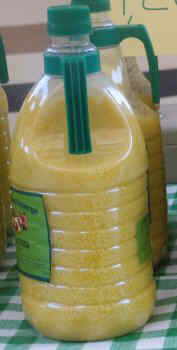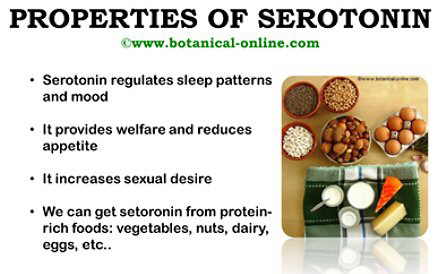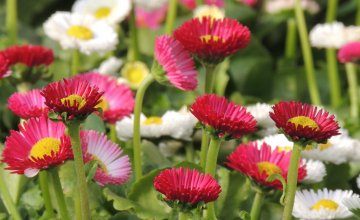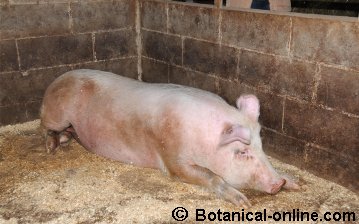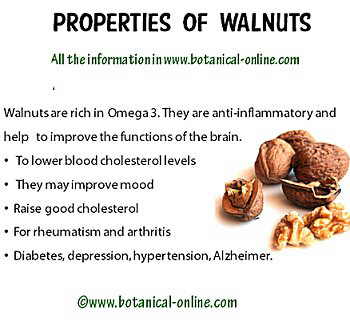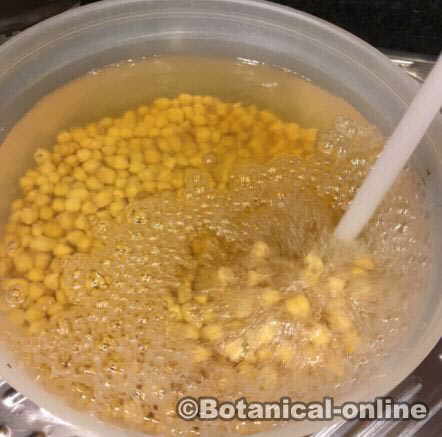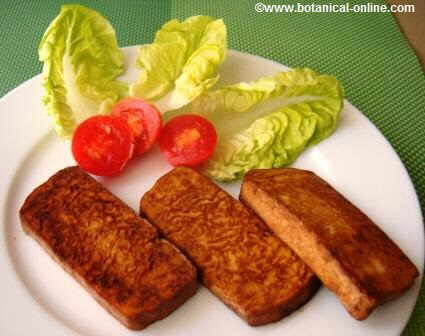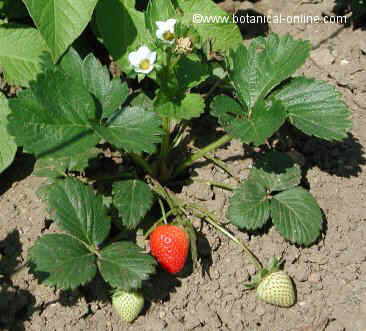Contents
Coloring additive E 102
PROPERTIES OF TARTRACINE ADDITIVE
What is tartrazine?
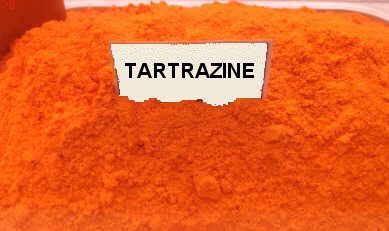
Tartrazine (E 102) is a coloring additive of the nitric type (called azoic), with a citric yellow hue, authorized for use in the food industry. It is obtained synthetically by azo coupling of diazotized sulfanilic acid.
Chemical properties of tartrazine
It is a water-soluble substance, stable to heat, acids and light.
Uses in food of tartrazine
This colorant is used in:
Liquors, spirits, fruit wine, non-alcoholic flavored beverages, soda (powdered), pastries, salty snacks, sweets, desserts, mustard sauce, spiced sauces, processed cheese, fish and crustacean pâté, cheese rind, food supplements, medicines.
Tartrazine problems
In people sensitive to benzoic acids, salicylic acid and silicates, it can cause adverse reactions.
It can cause allergic reactions with the effects of recurrent hives and asthma in a number of susceptible people.
It can make a pre-existing neurodermatitis worse.
It is also related to certain cases of hyperactivity in children.
As of July 20, 2010, foods containing tartrazine must bear the warning “may impair activity and attention in children.”
Tartrazine toxicity
Its ADI authorized by the FAO / WHO Committee is 7.5mg / kg.
Food colorings that are commonly used in food:
– Indigotine or indigo carmine – E 132
– Lutein, xanthophyll and tagetes extract – E 161b
![]() More information on food additives
More information on food additives

